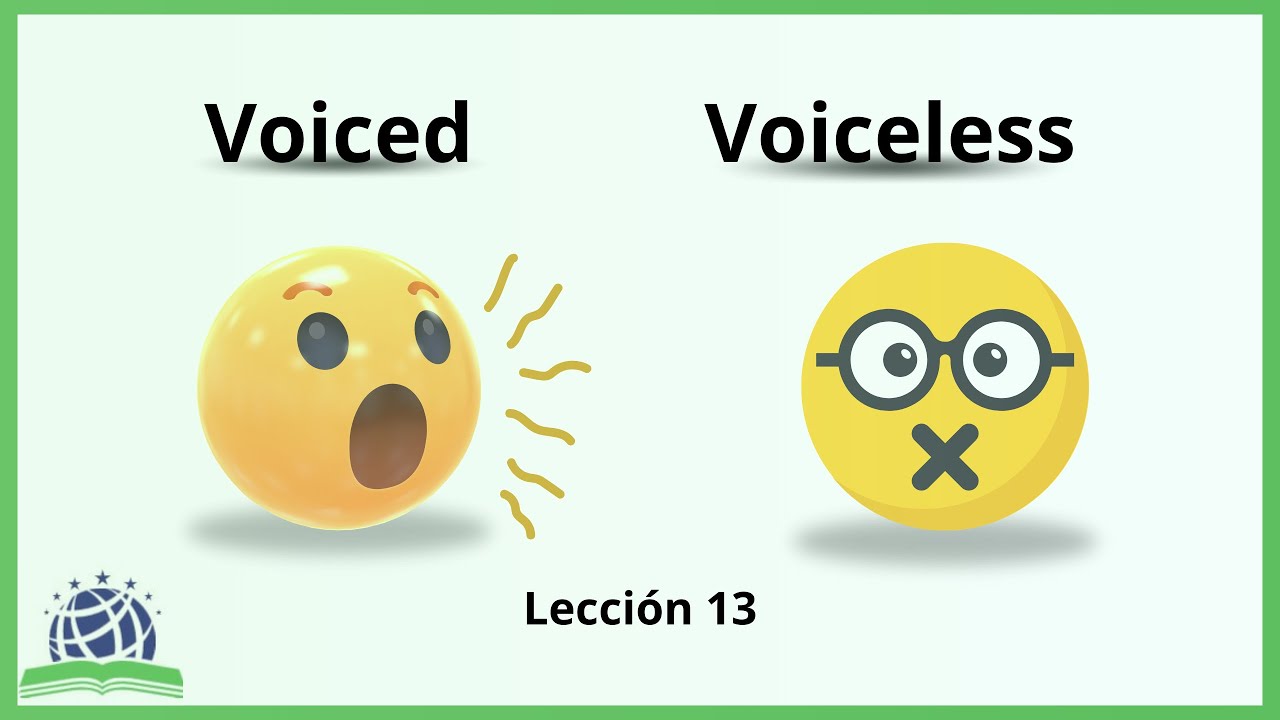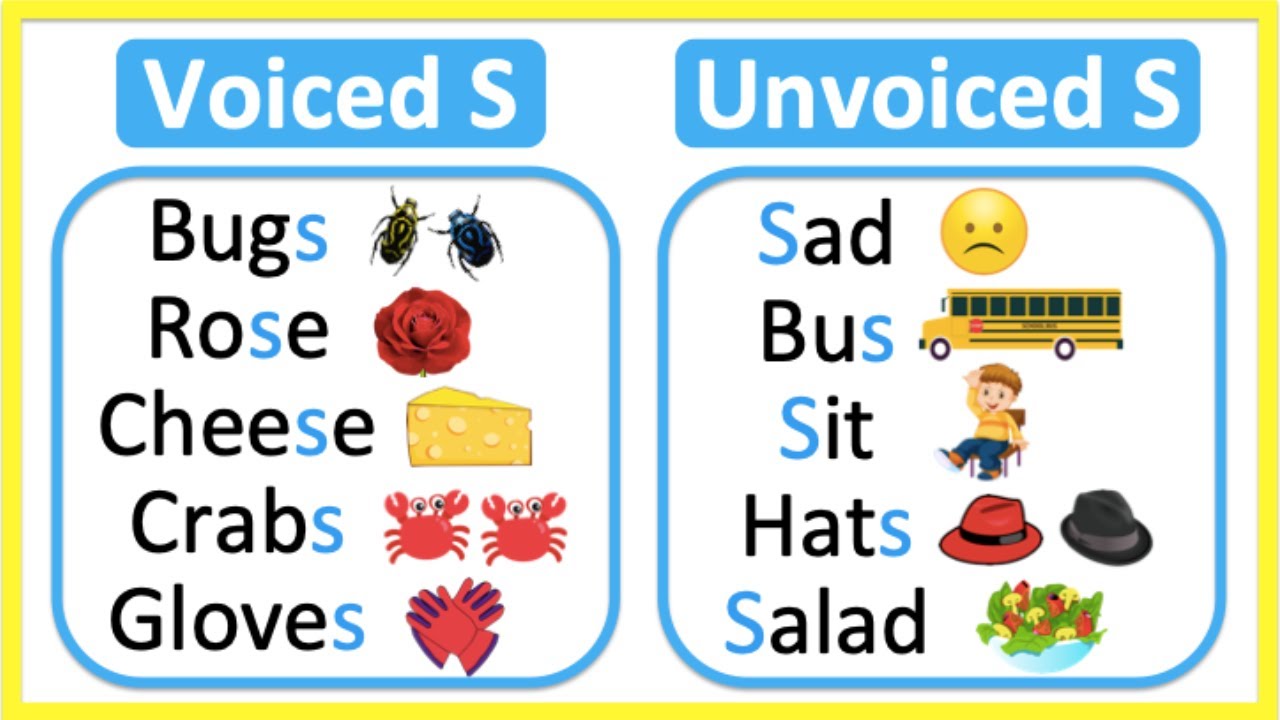Concepts of Voiced and Unvoiced sounds.
Voiced sounds
Voiced sounds are produced when the vocal cords vibrate during articulation. As Iyabode (2011) explains, this occurs because "the laryngeal muscles relax, allowing spontaneous vibration" (p. 94). Clear examples include vowels (/a/, /e/), nasals (/m/, /n/), and consonants such as /b/, /d/, and /g/.

Unvoiced sounds
Unvoiced sounds lack vibration in the vocal folds. According to Iyabode (2011), in these sounds "the vocal folds remain open, without generating rhythmic pulses" (p. 94). This group includes consonants such as /p/, /t/, /k/, /f/ and /s/.
